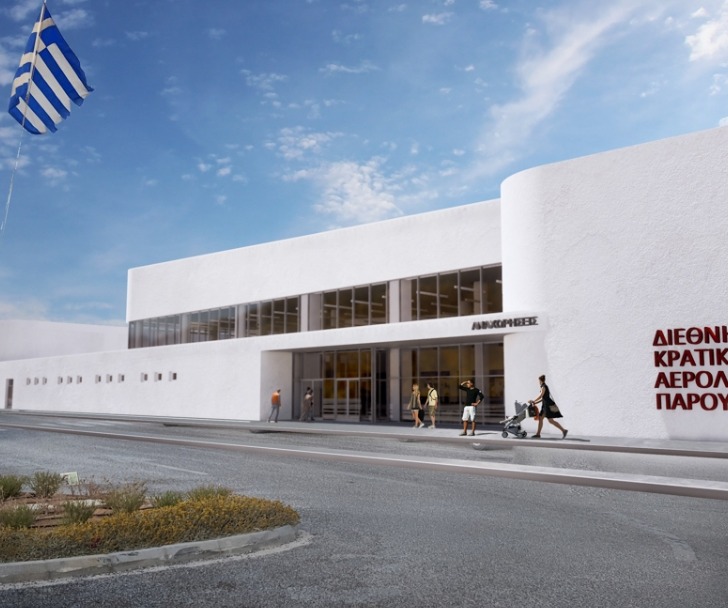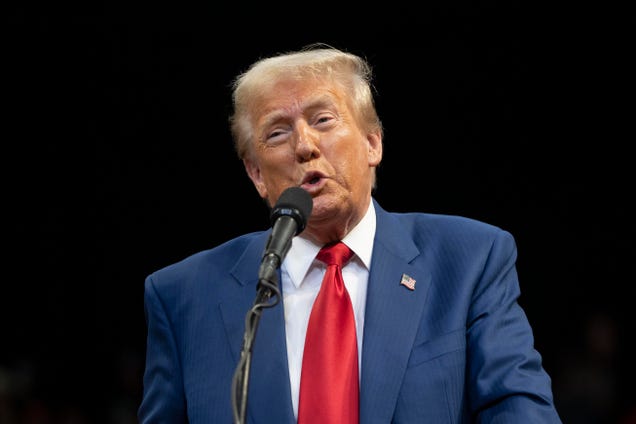The writer is chief economist and senior vice-president for development economics at the World Bank
You may scoff at the idea that Nigeria just might be on the cusp of turning its economic fortunes around. Since the 1980s, when oil prices collapsed, the country has been mired in one crisis after another. But now the largest economy in sub-Saharan Africa is at a turning point.
Over the past year or so, the Nigerian government has implemented major, politically difficult reforms. No large-scale reform process is ever perfect, but this one must be allowed to succeed — Africa’s future hinges on its success. An economic turnaround in a country with more people in poverty than almost any other would be a game-changer for market-orientated reforms across the continent.
Consider the scale of the reforms implemented so far. Nigeria now has a market-determined exchange rate, having unified official and parallel exchange rates. Previously, the government had been losing the equivalent of 38 cents for every $1 of government oil export proceeds. This benefited some local elites, who acquired dollars cheaply at the government’s expense. The unification also got rid of a hefty implicit tax on agricultural and manufactured exports.
Costly and regressive petrol subsidies are also being cut. This will help to strengthen Nigeria’s historically shaky public finances and restore the naira as a credible currency.
Implementing such far-reaching change is impossible without political commitment from the top. The price of petrol in Nigeria has quintupled since the subsidy cuts, imposing terrible hardship across society. To boost confidence in the naira and anchor inflation expectations, the central bank has had to raise its policy rate by 850 basis points in the last nine months. Central-bank financing of fiscal deficits has finally ended.
Yet the hard part has only just begun. Nigeria will need to stay the course if it is to become an engine of growth in Sub-Saharan Africa. Although the historical record isn’t encouraging — previous reforms have been rolled back by the elite — policymakers will need to focus on three critical areas in particular.
First, they should prioritise non-oil growth. This requires a competitive exchange rate, which Nigeria now has. To protect the poor and maintain competitiveness, the central bank must maintain its focus on inflation. It should resist the lure of volatile short-term capital inflows that might push up the naira’s value too quickly and stifle non-oil growth in the process. And it should rebuild foreign-exchange reserves as a cushion against oil-price and exchange-rate volatility.
Second, Nigeria must help vulnerable households cope with inflation, which is still high. The government is rolling out a large-scale targeted, temporary cash transfer programme. It should also establish a cost-effective safety net to protect the most vulnerable.
The third and final priority is to establish a climate in which private businesses can flourish. Nigeria’s need for jobs is immense. Today, less than 14 per cent of working Nigerians enjoy a predictable, fixed wage. In the next 10 years, the number of Nigerians entering the workforce is set to increase by more than 12mn. Generating the requisite number of good jobs will depend on sparking large-scale domestic and foreign private investment in the non-oil sector.
Nigeria’s government deserves the world’s support in this endeavour. Failure in Nigeria would set back the cause of reform across Africa, besides ruining the prospects of yet another generation of young Nigerians. The country’s elites must forge a political consensus in support of these reforms, because their long-term interests lie in a broadly prosperous and stable society. For its part, the international community should do everything in its power to help the government succeed.











































































































































You must be logged in to post a comment Login